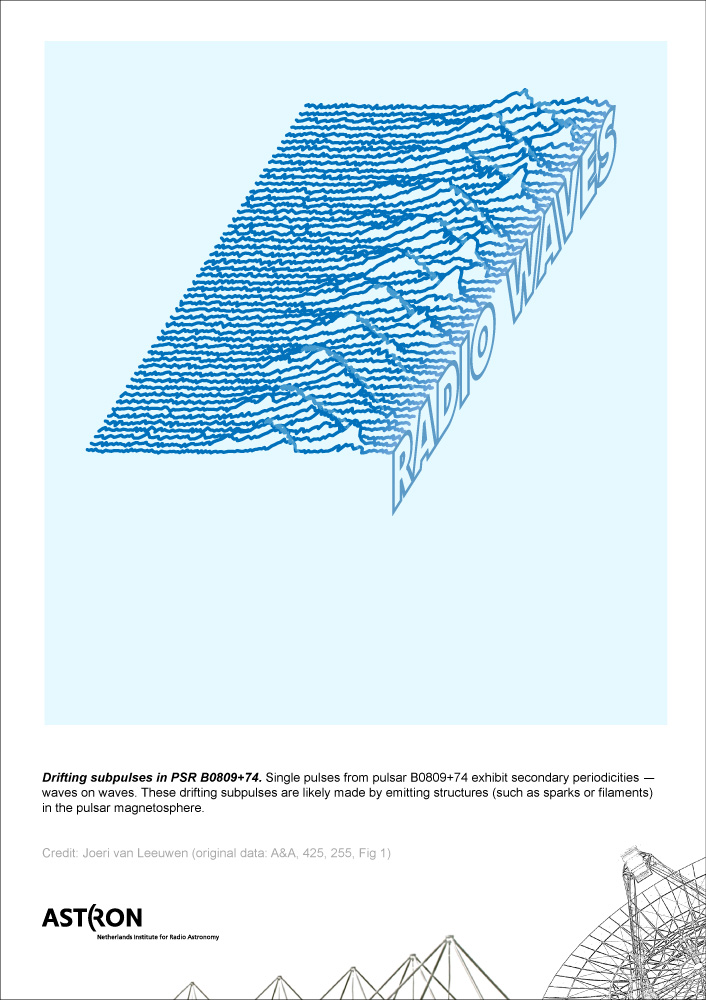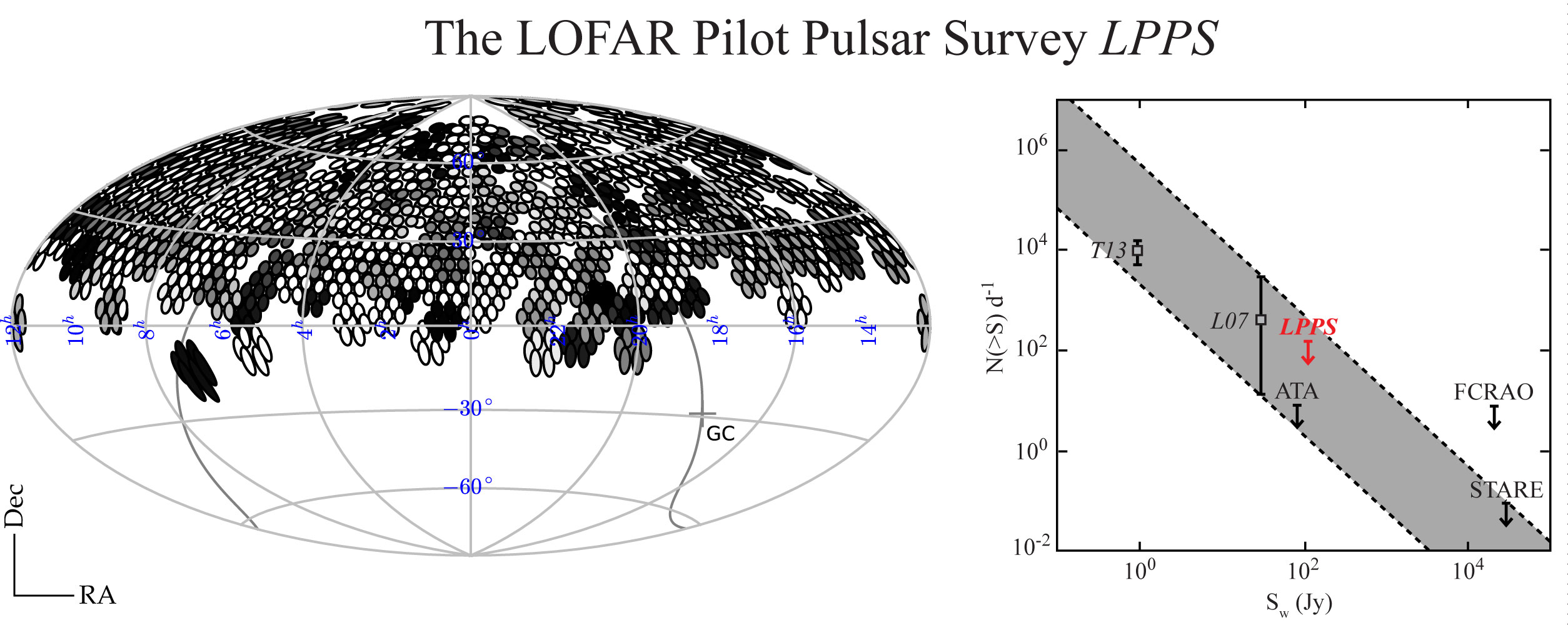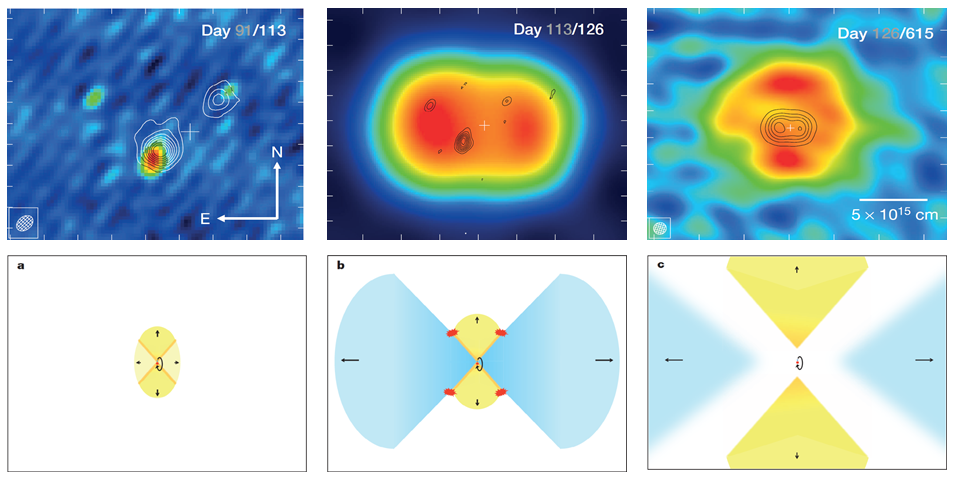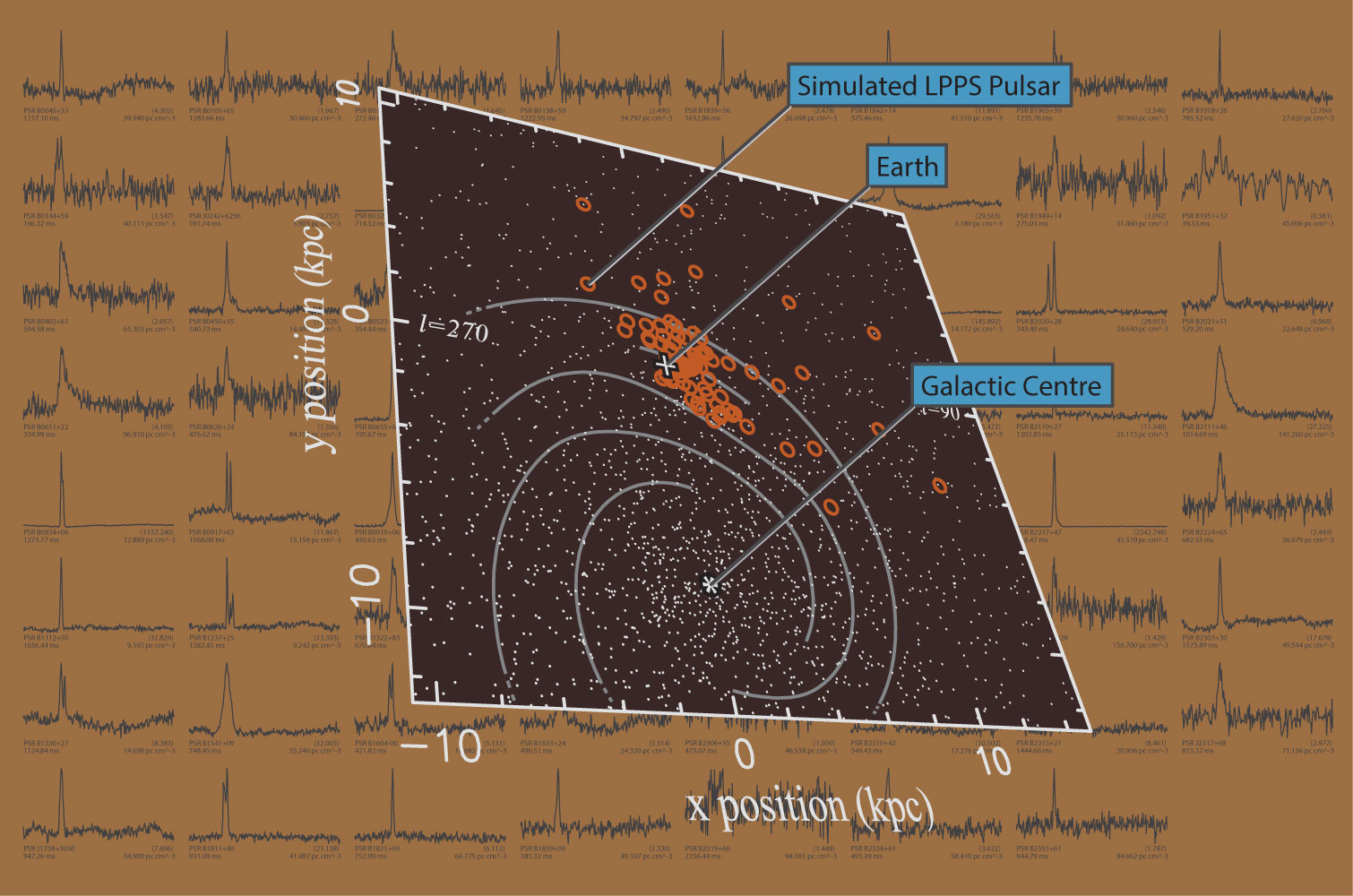![]() © ASTRON
© ASTRON
On September 26th, Katinka Gereb, one of the students shared between ASTRON and the Kapteyn Institute, successfully defended her PhD thesis in Groningen on "The role of neutral hydrogen in the life of galaxies and AGN: a spectral stacking analysis". Congratulations!
Katinka was supervised by Raffaella Morganti and Tom Oosterloo and a copy of her thesis can be found on http://dissertations.ub.rug.nl/faculties/science/2014/k.gereb/?pLanguage=en&pFullItemRecord=ON
The thesis focused on a large amount of data taken with the Westerbork Synthesis Radio Telescope to carry out a spectral stacking analysis of the HI properties of galaxies. Stacking is the process of adding the spectra of many individual galaxies, with the goal of recovering the faint average HI signal in the combined spectrum. This method is particularly useful to obtain a sensitivity below that of the instrument, not only for sources in the nearby Universe, but also at large distances where the flux emitted by individual sources falls well below the sensitivity limit of current radio telescopes.
Neutral hydrogen gas is thought to play an important role in the evolution of galaxies, as it provides the gas from which stars eventually form. Furthermore, it is thought to be partly responsible for the triggering of one of the most energetic phenomena in the Universe, i.e. the active galactic nuclei (AGN), by feeding supermassive black holes in the centres of galaxies. Katinka has investigated the HI properties of hundreds of galaxies to get a better understanding of the role of HI in the evolution of galaxies over the past 1.5 billion year. She also looked at the gas properties of accreting supermassive black holes to investigate the interplay between AGN activity and the surrounding gas.
She obtained a number of interesting results. For example that the presence of HI is well correlated with the star formation (SF) history. In galaxies where cold gas is present, conditions are favorable for (residual) SF to be seen. Furthermore, galaxies with more gas have a higher star formation rate. And finally, she found that young AGN are rich in unsettled HI gas, supporting the hypothesis that nuclear activity in radio galaxies is triggered through feeding of cold gas.
The work done by Katinka has been highly relevant in preparation for the HI surveys that will be done with Apertif. Some of the results have already been published in refereed papers, and they appeared on the Daily Images of August 20, 2014 and November 26, 2013. We expect more to come!
Katinka has now left for a PostDoc position in Melbourne: good luck for your future carrier from your friends and colleagues at ASTRON!
 © JvL
© JvL © Madroon Community Consultants (MCC)
© Madroon Community Consultants (MCC) © Stas Shabala (University of Tasmania)
© Stas Shabala (University of Tasmania) © JvL
© JvL © ASTRON
© ASTRON © ASTRON
© ASTRON © ASTRON
© ASTRON © Chomiuk et al. (2014), Nature
© Chomiuk et al. (2014), Nature © ASTRON/SHAO
© ASTRON/SHAO © ASTRON
© ASTRON © Zhang, Astron
© Zhang, Astron © Madroon Community Consultants (MCC)
© Madroon Community Consultants (MCC)_16.15.46.png) © David Cseh
© David Cseh © John McKean / EVN / VLBA-GBT (NRAO)
© John McKean / EVN / VLBA-GBT (NRAO) © Gianni Alvito, INAF - Osservatorio Astronomico di Cagliari
© Gianni Alvito, INAF - Osservatorio Astronomico di Cagliari © John McKean / EVN / VLBA-GBT (NRAO)
© John McKean / EVN / VLBA-GBT (NRAO) © Rob Millenaar
© Rob Millenaar © Hubble: NASA, ESA, and Q.D. Wang (University of Massachusetts, Amherst); Spitzer: NASA, Jet Propulsion Laboratory, and S. Stolovy (Spitzer Science Center/Caltech)
© Hubble: NASA, ESA, and Q.D. Wang (University of Massachusetts, Amherst); Spitzer: NASA, Jet Propulsion Laboratory, and S. Stolovy (Spitzer Science Center/Caltech) © JvL
© JvL © ASTRON
© ASTRON





